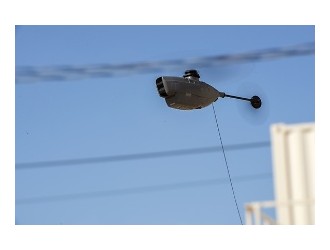After announcing a production cut in July, the future of Airbus' A380 aircraft was placed under further scrutiny with some even predicting the move could signal the death knell of the program.
Taking into consideration lukewarm airline demand, the latest reduction was unsurprising. Despite the OEM's best efforts, the A380 hasn't proved a hit with carriers, leading to production gradually being reduced in the years since its 2007 entry-into-service with launch customer Singapore Airlines.
Following Airbus' latest decrease, it will produce just one A380 a month come 2018, more than halving the current rate of monthly jets. At present, 13 airlines operate the aircraft: with Etihad, Qatar and Asiana Airlines most recently taking their first A380s back in 2014.
But does the slowdown signify a change in preference for the world's airlines, which driven by economics, are opting for smaller, more fuel efficient aircraft? There is credence in this notion, with rival Boeing also winding down production of its own superjumbo, the iconic 747 which has received just 20 new orders in the past three years.
From September, it will make one of the aircraft every two months, leading to speculation that production could cease for good in 2019 and new versions of the Queen of the Skies will be no more.

But while production on the A380 has slowed down, it remains somewhat unclear at this stage how this will impact on the MRO segment, with some of the aircraft now reaching the age for some of their first heavy D-checks.
The surge in MRO specialists adding A380 capabilities to their arsenal in recent years is unsurprising, especially in regions like the Middle East and Asia-Pacific which are home to high volumes of the aircraft. Firms such as Lufthansa Technik have focused heavily on winning third party work for the A380.
In January 2015, Aviation Week's MRO Prospector estimated carriers will spend about $6.8bn maintaining and modifying the A380 from then until December 2019, with this year's cost set to reach US$1.2bn before growing annually in the next three years. Costs are expected to be swallowed up by engine repair costs, followed by components and modifications.
Given some airlines are already talking about taking second hand A380s in the next 10 years, it will doubtlessly be around for a while yet, something that will produce a glut of work regardless of the whether the aircraft is a going concern in the long-term.





